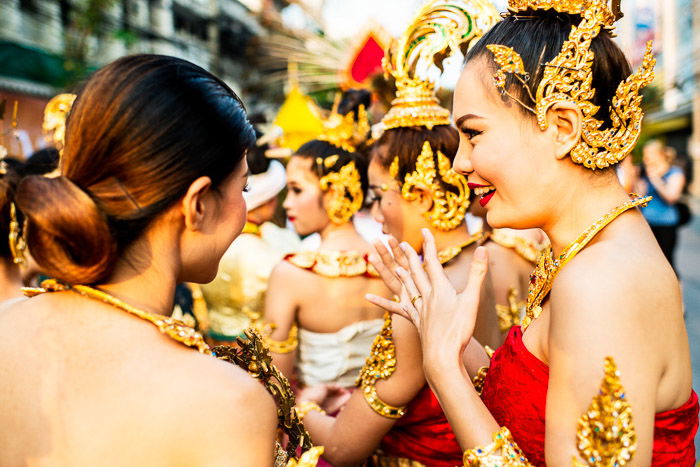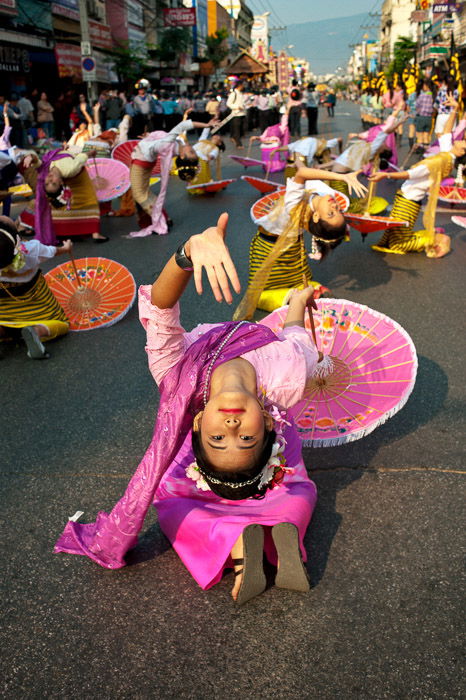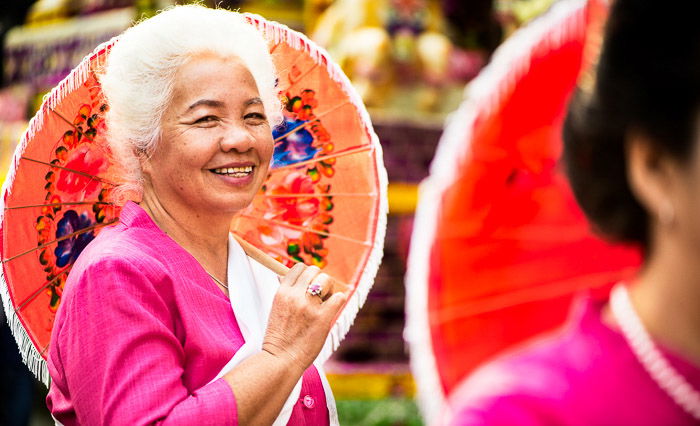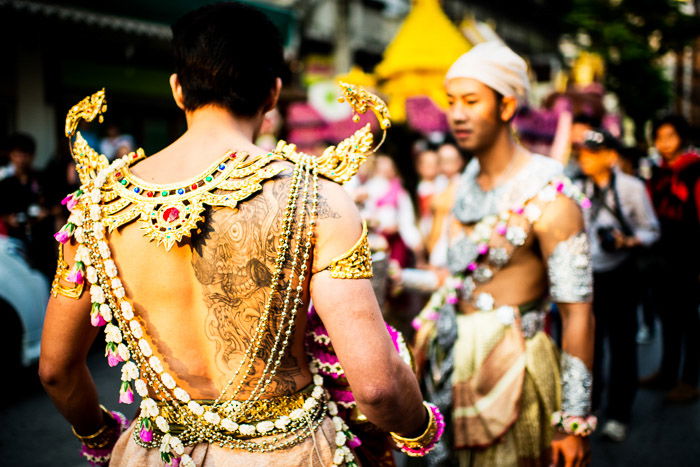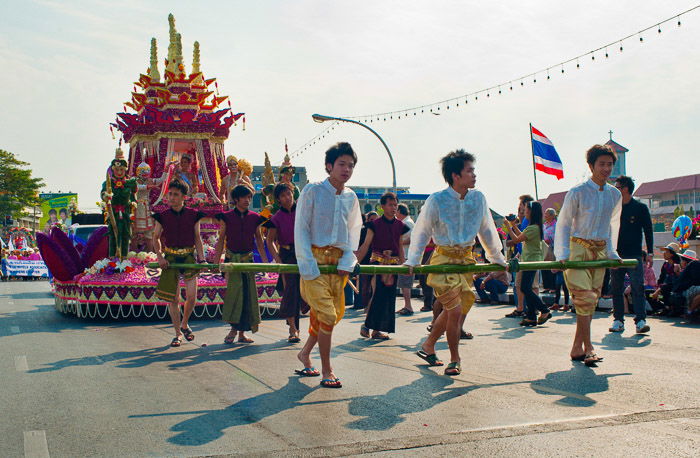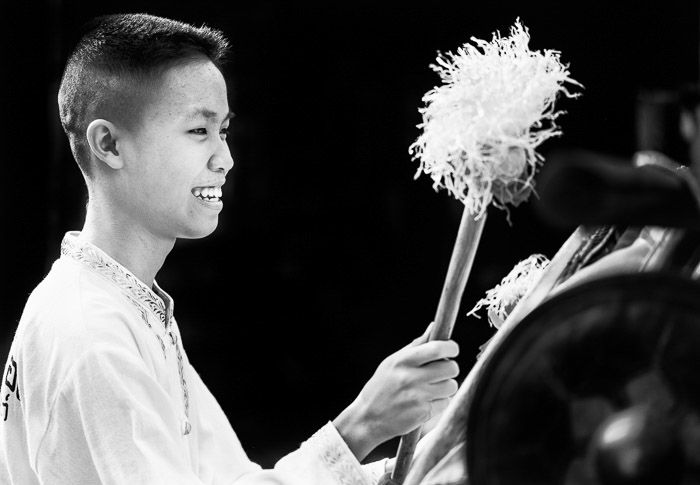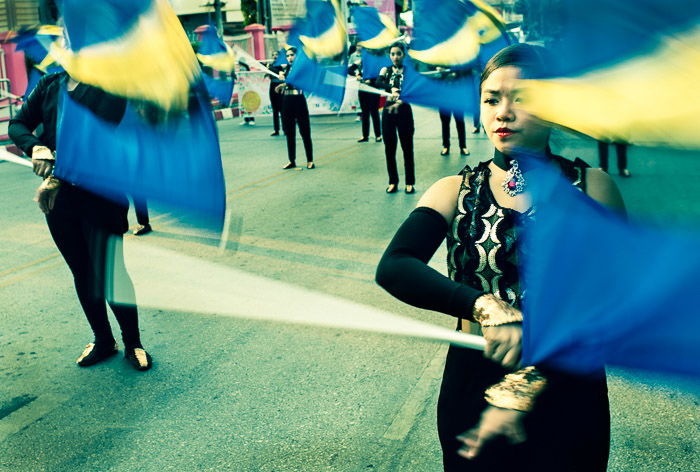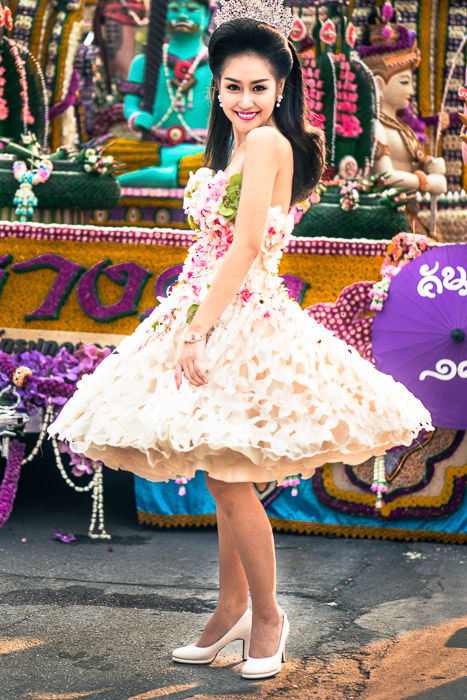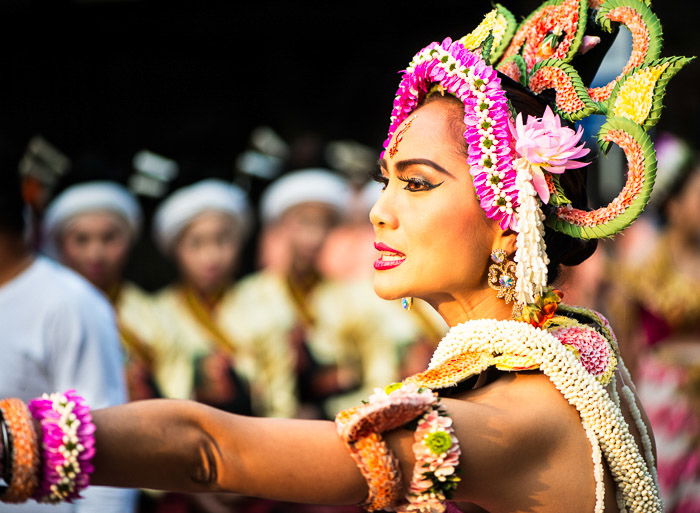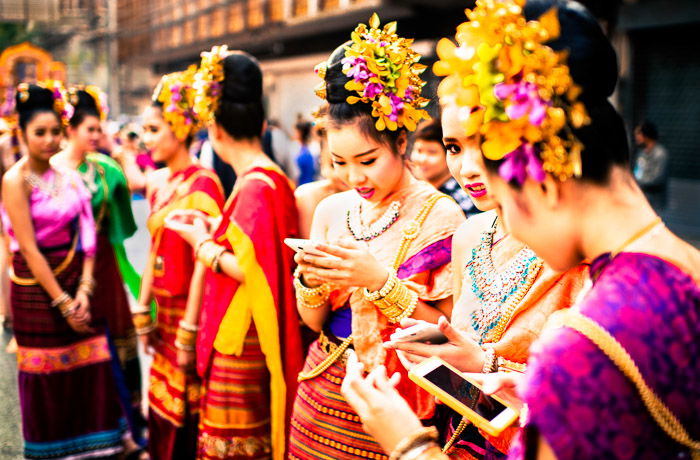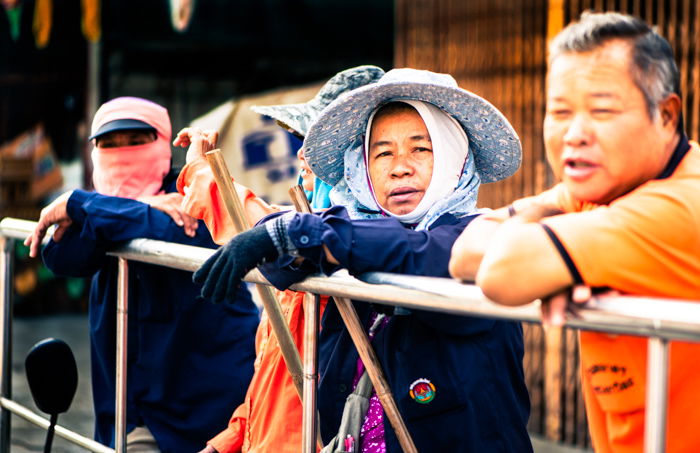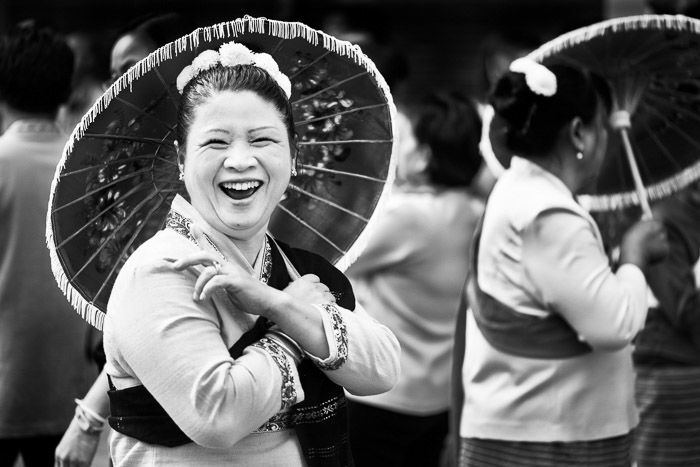Why Is Narrative Photography Important
Narrative photography appears everywhere from newspapers to magazines. Most articles come with at least a few pictures. The better those pictures, the more compelling the story. Using a single photo, or collection of connected photos, is about more than technical skill. Knowing how to focus and expose your photographs well is only the beginning.
Using Narrative Photography to Illustrate Articles
Newspapers have Illustrations Departments. This is where the editorial photographers work. The name is leftover from when drawings appeared in stories on the printed page. It’s also an expression of the reason pictures appear alongside written words. To illustrate their meaning more clearly. I used to work as a newspaper photographer. Journalists would sometimes request I take the photos first. They wanted time to think of questions to ask the person they would be interviewing. I would always refuse. I would tell them I could not illustrate their story without any idea what it was going to be about. I needed to know their train of thought so my images would be able to support what they were going to write about. Photographs in newspapers have to tie in with the story. The stronger the images, the more meaningful the story will be to the reader. Photographs that stand alone, without any related text, can be even more powerful. I often tell my photography students to imagine they are taking photos for editorial use. Thinking like a news or magazine photographer leads to more interesting photography.
How to Create a Narrative Through Your Images
What have you got to say about the subject you are photographing? Why is it interesting to you? These questions will help you focus on more than taking technically correct photos. Thinking beyond shutter speed, aperture, and focus, you will produce more significant photos. For this article, I have chosen a series of photos made at a street parade. I wanted to show the participants, not the floats and other attractions involved. I wanted each photo to stand alone, but also to be an integral part of the whole story. Most of these photos focus on a single person. I avoided taking photos of floats, marching bands and other performing groups. If I had photographed each float and group as they passed by, my photos would not tell so much of a story. By avoiding them, I created a more interesting series of images for the event. Every image can stand alone. But the collection illustrates the bigger picture of what was happening. When you are making narrative photography keep the story foremost in your thoughts. Pay attention to what will tie your photos together and make a compelling story.
Use Various Perspective to Drive the Story of Your Narrative Photography Series
Think not only about a single image, but a series of photos. Too often we attempt, and fail, to say everything we want in one photo. As you concentrate on telling your story, look for photos that will serve as a beginning, middle and end. Using a mix of wide, medium and close-up photos will help develop your story. Moviemakers use all three different composition types. It’s how they build a narrative. Vary your lens focal length as you work on building a series of photos. Or use the same focal length to capture different perspectives. I often use my 35mm lens to make wide, medium and close up photos.
Remove Unwanted Elements to Follow Your Story’s Theme
Composition’s most important rule is to fill the frame. What you exclude from your picture is as important as what you include. Irrelevant information in your photos will only dilute their meaning. Check the edges of your frame and everything it contains. Ask yourself if each element you can see helps tell your story. Look at the boy drumming in the picture below. Behind him there were bright, distracting advertising signs. I chose a position to make this photo where I could not see them. They added nothing to the story and served to draw focus away from my main subject. Here are some techniques to use to remove unwanted distractions:
Use a wide aperture for shallow depth of field. Choose a telephoto lens to compress and narrow the background. Change your point of view to alter the relationships of elements in your frame. Use contrast. Find a background that’s lighter or darker than your subject. Create motion blur using a slow shutter speed.
Techniques for Better Narrative Photography
Good photographers do not rely on their subject alone. And interesting or attractive subject does not necessarily make a good photograph. Keeping in mind the story you’re telling, vary the techniques you use to make it more interesting. Use motion blur to enhance a twirling flag, for example. Keep in mind that using too much makes the effect excessive. Not enough and it will look like a mistake. Including an assortment of photographic techniques makes a series of photographs more compelling. Communicate with at least some of the people. Make eye contact with them. Smile. Get to know them if you have the chance. You’ll have better photos for your effort as your subjects will be more comfortable with you. Other times you will want to blend in and not influence the situation at all. Decide to capture the action as it happens. This is more challenging if your presence is obvious and people want to pose for you. In these cases, I’ll usually take a few poses and show the people their pictures on my camera. They are then usually satisfied and will resume what they were doing. This is the time to capture more natural photographs of them. People engrossed in what they are doing are less likely to notice you or your camera’s presence. This dance troupe leader was putting some finishing touches to her group’s performance. This allowed me to take candid images of her. She was moving around a lot as she encouraged her dancers. This made her more difficult to photograph, but the image fits well within my visual story.
Get to Know Your Subject to Create More Impactful Images
Knowing your subject will allow you to create a more impactful series of photos. Research and ask questions. The more you understand about what you are photographing, the less likely you’ll need to add extensive captions. Your photographs should contain relevant information and still maintain aesthetic integrity.
Give Your Photos More Meaning With Captions
Strong captions can provide the viewer with information. In newspapers and magazines, photo captions are read more than body text. But it’s important not to tell the viewer what they are looking at. Your visual storytelling should be enough on its own. Tell them what you saw instead. What you experienced. Describe the atmosphere, as well as the image. Make sure your words reflect what’s in your picture to build on the story you are telling.
Conclusion
The more you can connect with your subject, the more illustrative your photographs will be. It doesn’t matter if your subject is a person, place, or object. Think of the best stories you’ve ever read. The author draws you into the narrative. They make you feel like you are part of it. You can be sure these writers have done more than a little research in preparation. If you’re constantly checking your camera settings, let me encourage you to move beyond that. Be involved with what you are photographing, not so much with your camera. For more great visual storytelling techniques, why not check out our articles on how to create a photo essay or street photography tips!
